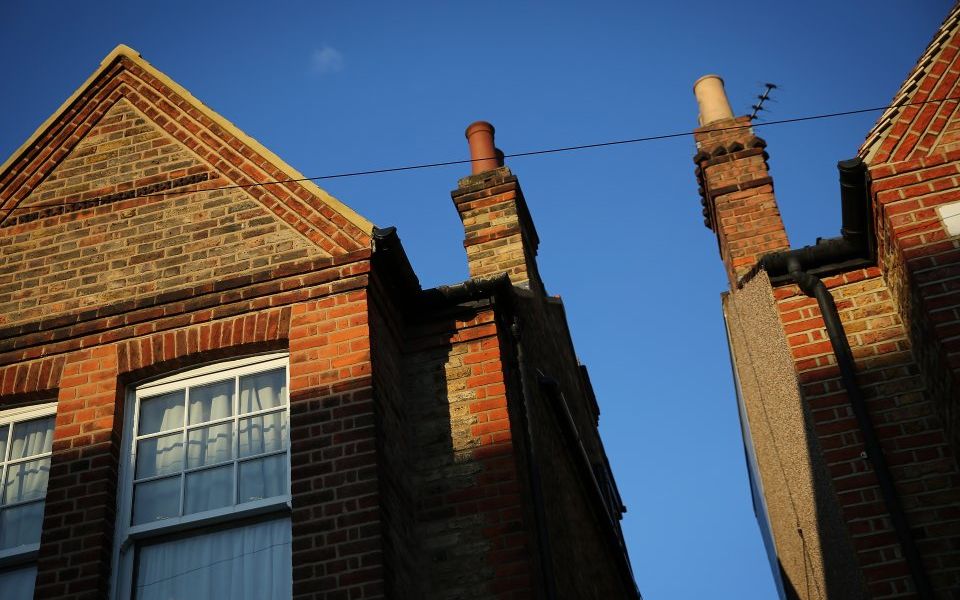Rental rises on London’s horizon as properties on the market slip while tenant demand swells

London rents are project to creep back up following months of decline on the back of growing tenant demand and a drop in the number of properties coming onto the market.
According to a closely-followed survey from the Royal Institution of Chartered Surveyors (Rics) out today, five per cent more respondents expected rents to rise rather than fall over the three months ahead.
Read more: UK house prices: Growth rate ticked upwards in August
Such a forecast is driven by the fact that 19 per cent more respondents saw a drip rather than rise in property being put on the rental market over the month, while 35 per cent more saw a rise as opposed to a fall in tenant demand.
"On the lettings side, the lack of new landlord instructions as reported by Rics this morning is, one might suggest, a double-edged sword; good news for those investors who still have ‘skin in the game’, however potentially not so positive for tenants given the increasing lack of choice and upwards pressure on rents," according to Brian Murphy, head of lending for Mortgage Advice Bureau.
Read more: A Mediterranean island boasts the world's fastest growing house prices
Meanwhile, the latest survey also underlines the increasing gap in house prices across the country, with the London market remaining "downbeat" while Scotland and Northern Ireland show a "healthy market".
Simon Rubinsohn, Rics chief economist, said: "It is clearly very difficult to talk about the housing market at the moment without being acutely aware of the marked differences in trends across the UK. As the latest Rics results highlights, in many parts of the country the housing market actually remains quite firm. "
He added: "While a combination of a lack of stock and some level of uncertainty… has had an impact on activity, the overall picture in these areas is still encouraging."
Unsold housing stock neared historic lows on estate agents’ book while new instructions fell 15 per cent, down from a three per cent uptick previously, which Rics attributed to a lack of housing for sale.
New buyer enquiries remained flat, while newly agreed sales fell by 10 per cent – a five-month low – with Rics blaming the Bank of England’s recent interest rate rise.
A weak market in London, the south east and to a lesser extent east Anglia saw overall house price growth dip to two per cent, half that of July’s growth figure. On a national level this means prices have stayed flat, Rics said.
Its analysis of the data found that “sales trends are at least stabilising in the capital, although there remains little in the way of positive impetus”.
However, house prices are flourishing in other parts of the UK, with Northern Ireland recording a 48 per cent rise as house prices rose for 60 consecutive months. However, they remain below their 2007 peak.
Scotland house prices spiked 36 per cent, and 39 per cent in Wales, while the north west of England, the Midlands and Yorkshire and Humberside all saw solid growth.
“Near term sales expectations suggest this regional divergence will persist, with the market remaining relatively stronger away from the south of England,” the report said.
Read more: UK house prices: Growth rate ticked upwards in August
“While a combination of a lack of stock and some level of uncertainty, both relating to the interest rate outlook and Brexit, has had an impact on activity, the overall picture in these areas is still encouraging,” said Rubinsohn.
“The story in London and the south east is, as has been widely recognised, rather more challenging but it is important that this is not seen as being indicative of the wider market.”